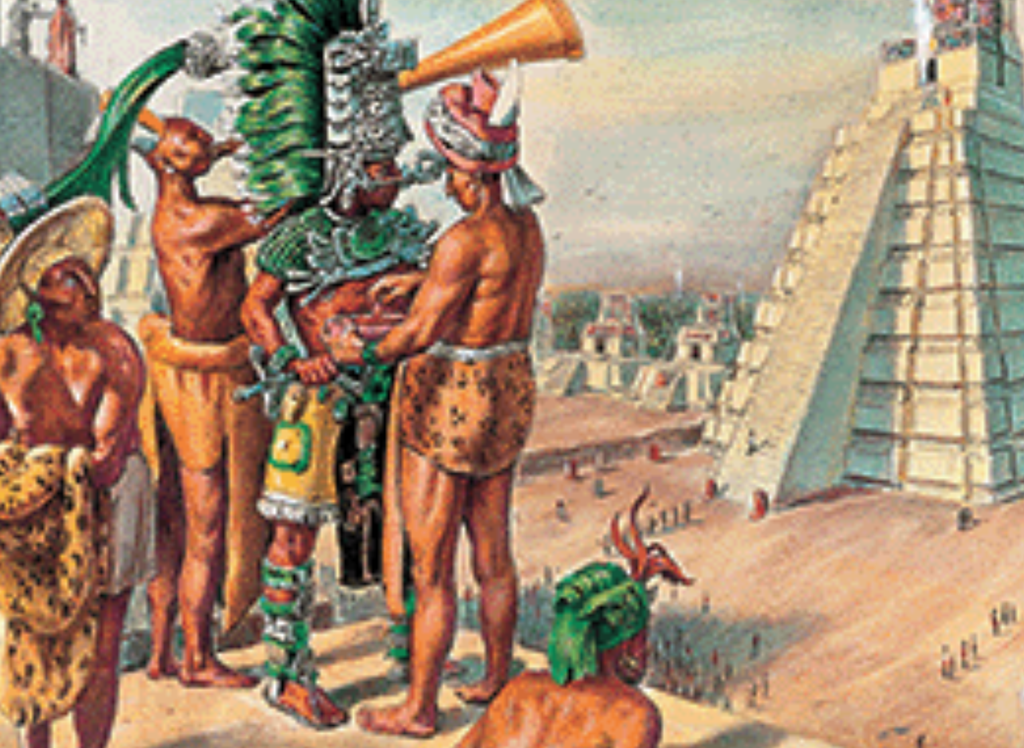Sign up for FlowVella
Sign up with FacebookAlready have an account? Sign in now
By registering you are agreeing to our
Terms of Service
Loading Flow


The economy of the Mayan civilization was based mainly on agriculture, local minerals, and other natural resources. It also relied on their extensive trade network, which involved both the city-states and other Mesoamerican civilizations.
Agriculturally, the Mayans grew a variety of crops, including cacao beans, maize (corn), beans, squash, vanilla, avocado, chili peppers, cotton, tomatoes, fruit trees and potatoes. However, they had few domesticated animals, limited to turkeys, ducks, edible dogs and bees, which they used to produce honey. They also hunted wild game, such as deer and boars, and fished.
The Mayans also had access to many mineral deposits. They used these r sources to make tools and construction. Other more valuable stones, became symbols of wealth and power within Mayan society. Salt was an important essential for the Mayas. They used salt not only in cooking and to preserve meat and other foods.
Several other resources were used in Mayan society, and traded regularly. They Myans used and traded various cloths and textiles, ceramics and pottery pieces, Quetzal feathers, and marine shells (such as nacre). Art was also highly sought after by the Mayans. Often one particular artist would gain popularity, his works becoming desired by all of the elite class. These resources, often purely aesthetic in function, made up a great deal of the Mayan peoples’ trade.
Economics